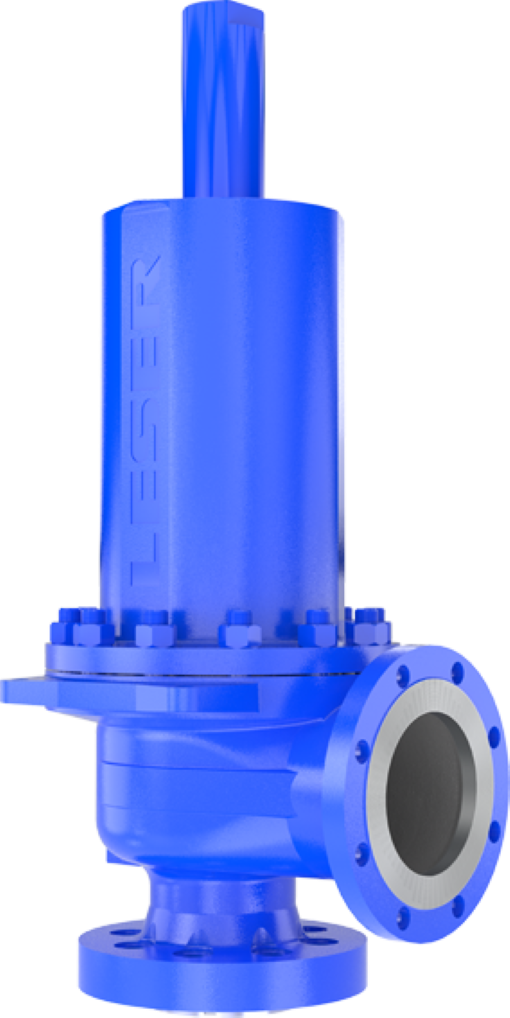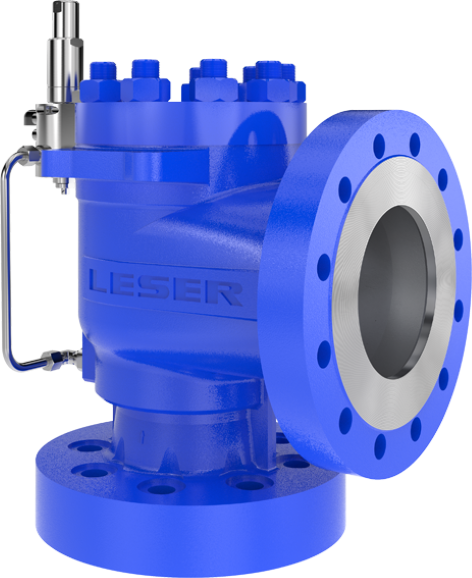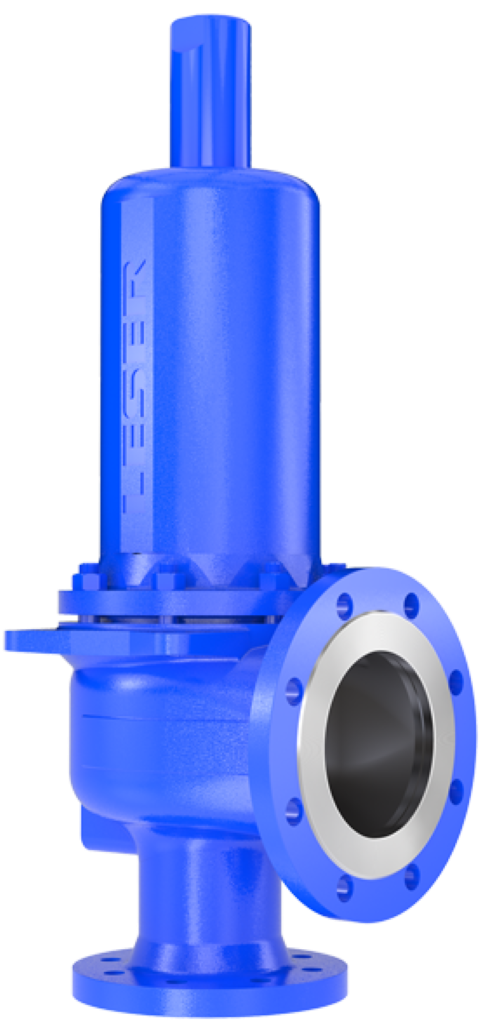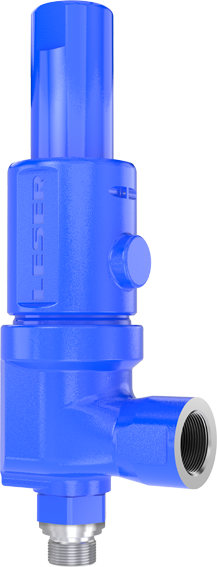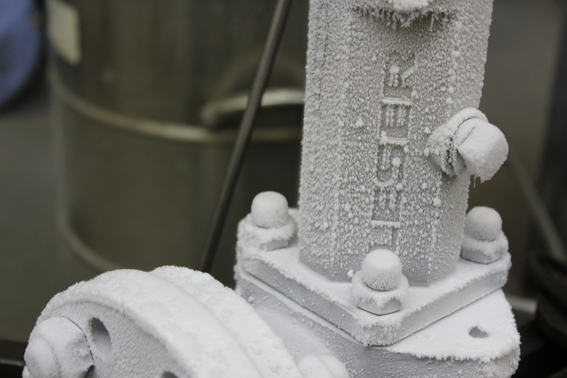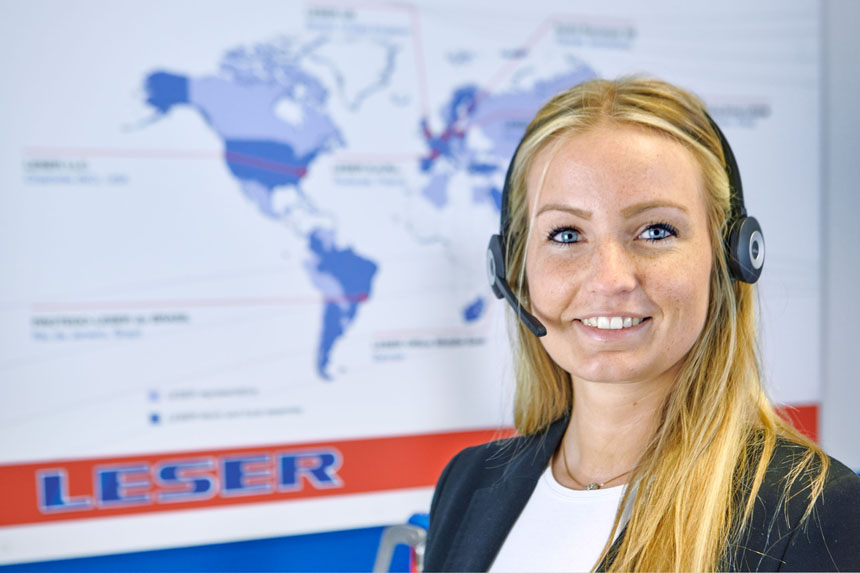The design of pilot operated safety valves for the LNG market requires extensive expertise, precise manufacturing, which is particularly focused on the high quality of the sealing surfaces as well as standard-compliant leak testing under real conditions.
The demand for energy is rising worldwide. Liquefied natural gas (LGN) is therefore an important alternative to conventional energy sources. LNG is generated by strong compression or cooling to -161 to -164°C. And since it has only about one six hundredth of the volume of gaseous natural gas, it offers many advantages in terms of transport and storage.
One thing is certain: Worldwide trade in LNG reached a volume of 38.2 billion cubic feet per day (around 1.08 billion cubic meters per day) in 2017, according to the US Energy Agency (EIA). Compared to the previous year, this corresponds to growth of ten percent.
This development will ultimately also lead to investments in the supply industry. Various industries have developed around this growing market. But the exploration, liquefaction and regasification of new gas fields in Arctic regions in Russia, shale gas basins in North America or offshore resources in Africa place different demands on the protection of plants with safety valves. The ultimate challenge is to make the entire process efficient and effective - from the start of the front-end engineering design (FEED) phase for qualified technical support, through the commercial offering of the best product solution, to the manufacture of product and cryo tests with a single supplier.
The LESER GmbH & Co. KG, a global manufacturer of safety valves based in Hamburg, Germany, not only has experience and extensive references in this field. The company has developed new possibilities for pressure protection of an LNG application in the cryogenic temperature range: Pilot operated safety valves with a leakage rate reduced by 50 percent. When using the components at -162°C, this was confirmed by a helium leak test.


